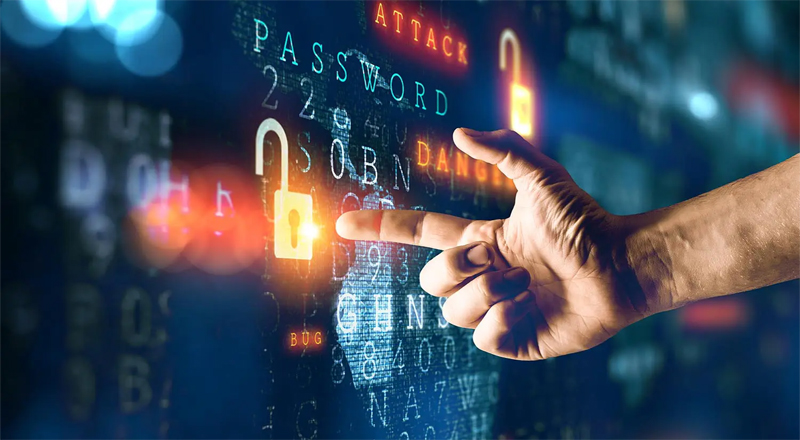For all the dollars spent by enterprises on R&D is hardly resulting in the expected output as there is a gap between the technology they develop and their ability to put it to work effectively. Today’s enterprises are sitting on the gold mine of data. Industry reports suggest more than 80% of this data is locked in unstructured documents. Hidden intelligence in these enterprise documents can lead to cost savings, reduced turnaround time, improved decision-making skills, and regulatory compliance as well as reduced business risks unforeseeable due to the nature of the data. At the same time, the face of cybersecurity is changing. Cybercrime has become increasingly prevalent and sophisticated. It is with IoT we’ve added ample opportunities to serve even more goals by adding data from ‘things’, at the same time, we’ve grown the attack surface and risks for cyberattacks.
Experts say cybercrime and cyberattacks continue to rise with ever more data breaches and crippling ransomware attacks. The way as we leverage artificial intelligence (AI) to detect anomalies and prevent cyberattacks, AI is increasingly used by hackers and others as a way to learn how cybersecurity solutions work. With increased digitization at workplaces, a focus on continuous and multigenerational upskilling and reskilling are deemed more important than ever.
We have seen there is a sharp increase in the investments made in cybersecurity by organizations in the last 5 years and today’s stark reality is that while the threat landscape is burgeoning, the mean time to identify a breach has increased to 197 days and containing it to 69 days across the industry vertical, according to a report by Verizon.
Secondly, there were increasing awareness that the question isn’t whether cyberattacks will happen, but when they will and how organizations can respond and recover fast. It’s one of the reasons why cyber resilience has become such an important topic, on top of, among others, the need for business continuity and keeping core IT systems function during attacks.
Today, companies have substantial assets and value manifested in digital form, and they are deeply connected to global technology networks – even as cyberattackers become ever more sophisticated and adaptable to defenses. At most companies, boards and senior executives acknowledge the serious threats that cyberattacks pose to their business. What they are not sure of is how to create a strategy that helps them understand and address the threats, in all their forms, today and in the years ahead. And they’re asking for such a strategy every day.
With the increased adoption of IT/OT convergence underway, where OT is increasingly becoming part of the IT infrastructure that’s connected to the network. So, with this scenario, the effective detection and response strategy has to be extended beyond endpoint to email, network, cloud and IIoT. The new terminologies EDR and XDR(XDR expanded the EDR idea) is an eye-opener to the industry and a must-have starting point to redefine enterprise-wide Threat Detection and Response (TDR). EDR gives a lot of visibility on what is happening on endpoints by capturing activity data, using which we can detect and respond. Whereas XDR approach delivers faster detection and response across the multiple security layers, because it breaks down the silos, and it tells a STORY instead of making noise.





